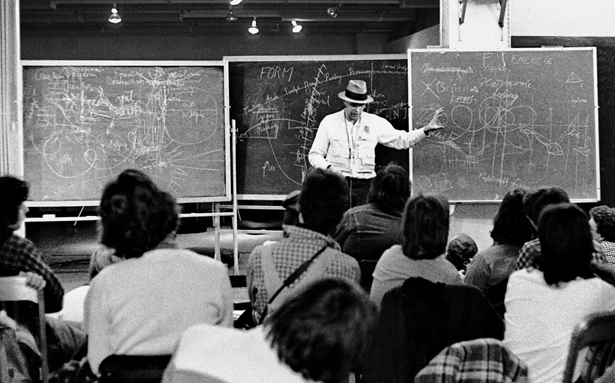6 March – Inclusive Teaching and Learning: Faith
6 March – Inclusive Teaching and Learning: Faith
From the Religion, Belief and Faith identities UAL website, I read Lois Rowe’s (2011) PhD thesis on The Address of Spirituality in Contemporary Art. I was attracted to this particular piece because I’ve often thought that contemporary art sometimes highjacks religious imagery to feed off the sensations it stimulates in us — thus using a counterfeit emotion for economic gain (a ‘rhetorical function: for a recognisable pattern of persuasiveness,’ as Rowe words it). I also thought, in the university context, that this could be extremely offensive to some students. Rather than approach this issues directly I prefer to comment on it obliquely (in line with Rousseau’s Reasonable Person – see previous post) through one of my lectures. While speaking about religious triptych painting I give examples from Francis Bacon, Damien Hirst and Jan van Eyck and speak about how the configuration changes in meaning depending on different peoples perspectives. It’s one of the subjects which I think needs expanded discussion so I often break the lecture for an extended discussion — it’s great to see the students decolonizing the curriculum themselves by talking about their own experiences.
This lecture usually leads into a project on votive offering and ritual objects. We start by visiting the British Museum and examining some of the objects (why are they in this context? Should they be returned to the countries where they were found?). The next discussion is about how their meaning has changed, which guides the students to investigate the contemporary understanding of ritual objects, rather copying those from the past — as Rowe suggests happens so much in contemporary art. After Lois Rowe’s paper I think these tasks could be supplemented with more concentrated contemplation on religion.
I selected three headings ‘Religion in Britain: Challenges for Higher Education’ to reflect on:
The public sphere
– Whether the decline of traditional religion is being replaced by no religion or new ways of being religious or spiritual, neither is currently creating a challenge to political secularism.
Religion as public good
– I enjoyed this text as it seemed to echo the sentiments of Cardinal Newman’s concept of a gentleman (please see my past post on the subject). The terminology he uses is problematic but he does a good job of the secularisation of religious belief into the university structure, as well as those within it.
Minority identities
Religion can stimulate shared practices, similar to ones we see in studio culture.
Finishing Question
Some of my extended family are Roma in origin, something which is not considered in the publication. How do we get traveller communities into higher education?
The Kwame Anthony Appiah Reith lecture on Creed
In this talk Appiah talks about how religion puts too much importance on scripture instead of focusing on practice. He starts by highlighting linguist problems in race and religion, which is good advice for when talking to students. He gives the example of asking someone ‘Where were you born?’ which seems rather passive but could actually be loaded with suggesting ‘You’re not from here.’ At one point identify was personal whereas now it is shared and social, and this could create problems when it rubs up against religious identities.
We might do what we think are normal rituals every day, but it’s interesting to that these can have a religious foundation, emanating from creeds. They are more important than banal things we do each day and this is something which can be used in my ritual objects lecture. These are examples of acting right, not believing right and can bridge gaps between people, and give everyone a platform (platform as mentioned in my disability post) to discuss complex topics without just creating contrasts. Once again approaches Newman’s ideas of a gentleman: ‘Hence it is that it is almost a definition of a gentleman to say that he is one who never inflicts pain. He is mainly occupied in merely removing the obstacles which hinder the free and unembarrassed action of those about him; and he concurs with their movements rather than takes the initiative himself.’ Rituals can be a universal language such as the one found by Christine Sun Kim in her performances.
